As freelance product designers, it’s natural to want to strive to be number one. We sharpen our own prowess, while at the same time experiencing a touch of envy when we see an incredible new product out there that we didn’t have a part in.
If your goal is to create the very best product design out there, or perhaps find the designer who can do that for your business, here are the common traits for best-in-class product design.
7 Traits for Best-in-Class Product Design
1. They Use Flexible Modeling to Deliver Products Faster
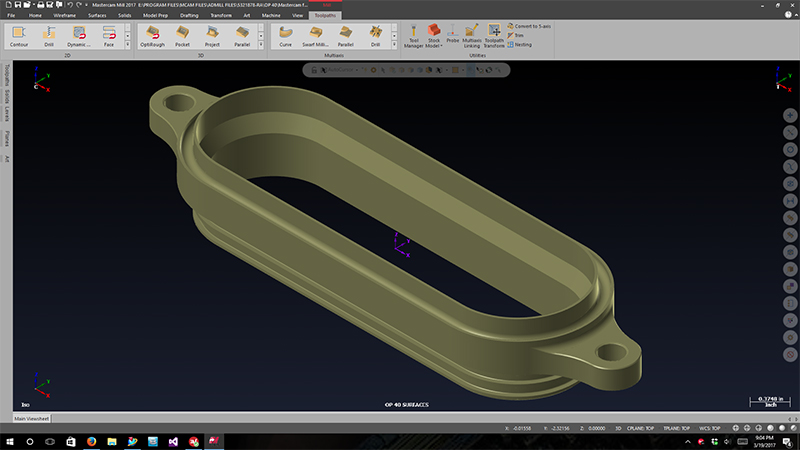
It happens to every designer at some point. You’ve worked your way through the design process, presented the product to the customer, and ended up getting a request for a design change very late in the process.
For the unprepared, this could mean several extra days of delay, as the team scrambles to get the design finished.
With flexible 3D modeling design services, what used to take several days can be done in as little as two to three hours. Flexible modeling, sometimes referred to as direct modeling, are tools you can add to your CAD software to make it easier and faster to make changes.
Embracing flexible modeling can improve your bottom line because it makes you available when emergency situations come up. Time is money, and customers love it when you can save them valuable time by getting their products finished faster than the competition.
2. They Use Simulation to Optimize Output
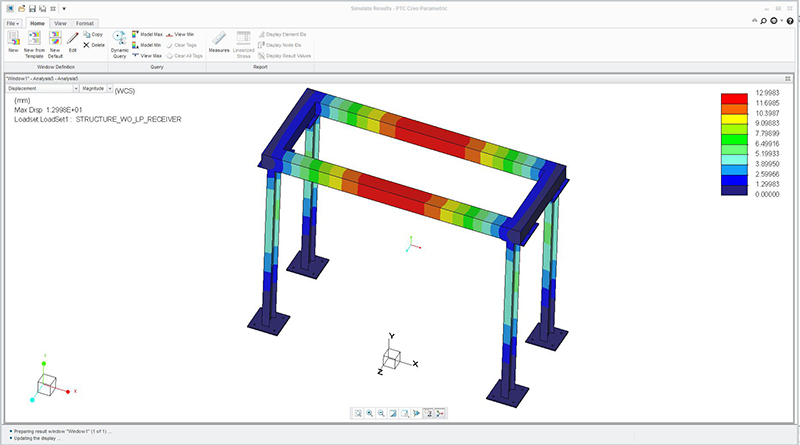
These days, product simulation software has gotten so good, you can almost skip the physical testing phase of the design process. Almost.
Right now, it would be an extreme risk to skip the testing phase altogether, even with the best simulation tools, but the fact is they are still very high quality.
Simulation tools allow designers to reduce the amount of testing necessary, speeding up overall output. They can also use simulation to see how the product can be improved without an excessive amount of raw materials, finding ways to make things stronger, lighter, and better.
This isn’t just great news for customers, it’s also good news for the environment. With today’s news being focused on pressing problems such as climate change, being able to cut back can look very good on a company’s image.
That aside, simulation has a big future in product design, and the very best product designers should add it to their line-up of tools.
3. They Use Integrated Product Data Management (PDM) to Improve Efficiency
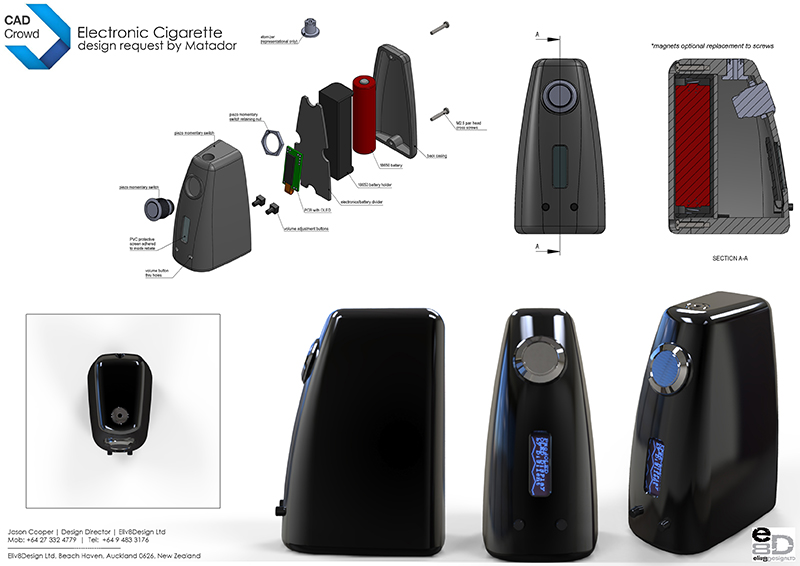
Integrated Product Data Management (PDM) is a little like Wikipedia for a company’s data. PDM allows you to track all information on a product, including previous versions, technical specifications, and research already done on the product.
When PDM is used correctly, it can save an enormous amount of time that would otherwise be wasted on getting to the same place you were at before.
Many companies that have adopted PDM have seen an increase of up to 25% in efficiency, which is an incredible saving in time and value for such a simple change.
4. They Understand How People Act
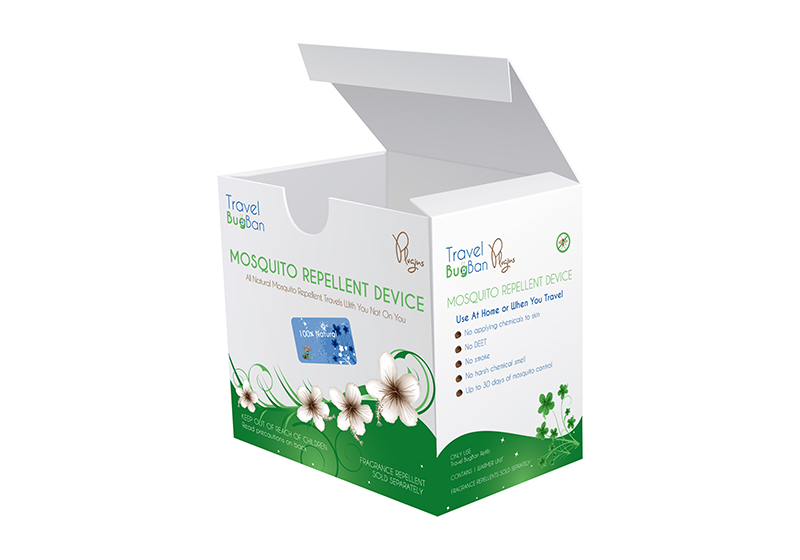
Understanding behavior isn’t something that can be made into a tool or an app (yet) but it is still a vital part of superior product design.
Many common problems in new products come down to a lack of understanding of human behavior. On the flip side, being able to make a product for a small brand competitive against the biggest brands also boils down to an understanding of human behavior.
Every part of product design has an effect on how customers perceive it. Everything from the color of a product to its shape and material can all tell the customer something about the company behind it.
A great product designer takes the time to understand which colors will affect customers, and in what way. This could mean a minimalist design and a green logo against a white background for a “clean” look, to a fiery red color suggesting the product will give you energy.
This understanding has become an actual science, and one we can all benefit from taking the time to learn.
A 2013 study took a look at what happened to customers when they looked at various products and found a range of interesting factors on how people responded. These included:
- The more attractive the package, the more impulsive the brain became. The areas of the brain associated with impulsivity lit up during the experiment, showing much stronger activity compared to the brains of potential customers who looked at neutral packaging.
- Both ugly and beautiful packaging affected reflective thought. When researchers looked at areas of the brain responsible for reflective thought, they found that both ugly and attractive packaging had less reflective thought compared to neutral packaging.
- Ugly packaging acts a little like a punishment. Unattractive packaging was associated with negative emotions in those looking at the packaging, while attractive packaging triggered the reward response in the brain.
All of these different things can make a huge difference in whether your product is wildly popular or just another item on the shelves. Therefore, you should consider packaging design services as a part of your product development process.
5. They Think About Scale
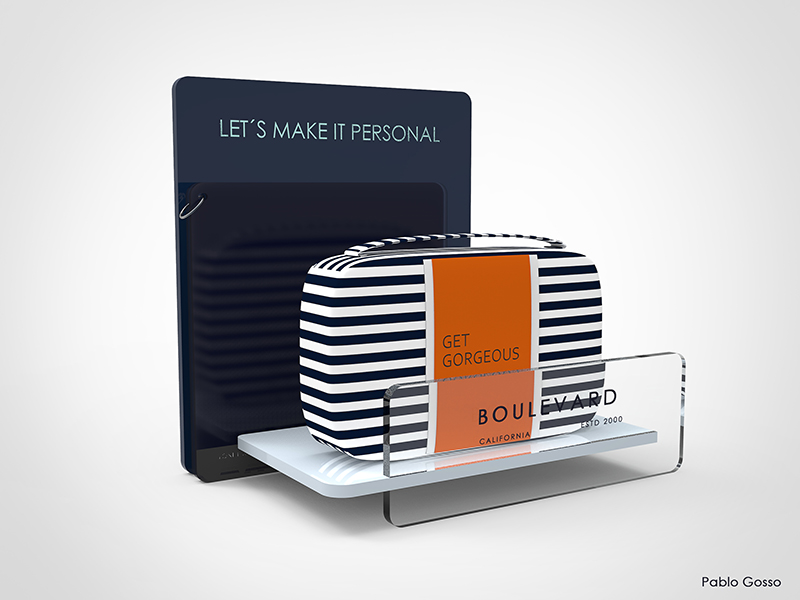
Thinking ahead is critical to the best product designs. No one could know at Microsoft’s beginning that their operating system would be incredibly popular, or even that having a personal computer would be. Their product wasn’t just user-friendly and well made for the time; however, it was also scaleable on an incredible level.
Having a plan for what happens if the product takes off is important, as well as knowing how to improve the product without ruining the mental model the customer has of it.
Coke learned about this the hard way when in an attempt to stay competitive with Pepsi, Coke announced a change to their secret formula.
“New Coke” did better in test trials against their classic coke because it was sweeter in taste. What they didn’t take into account is that coke is seldom had in tiny amounts, and when in larger doses that sweeter drink was actually too sweet.
They also failed to take into account the mental model customers had of the product, and it nearly ruined Coke. They hastily brought back their “classic” flavor, but even today over 30 years later, if a product clearly flops, it’s sometimes referred to as a “new coke” of that industry.
A good product designer is aware of all of the potential pitfalls and benefits of making changes to an old design, as well as prepping a potential new product for the chance to go big.
6. They Know There’s No Such Thing as a Perfect Product
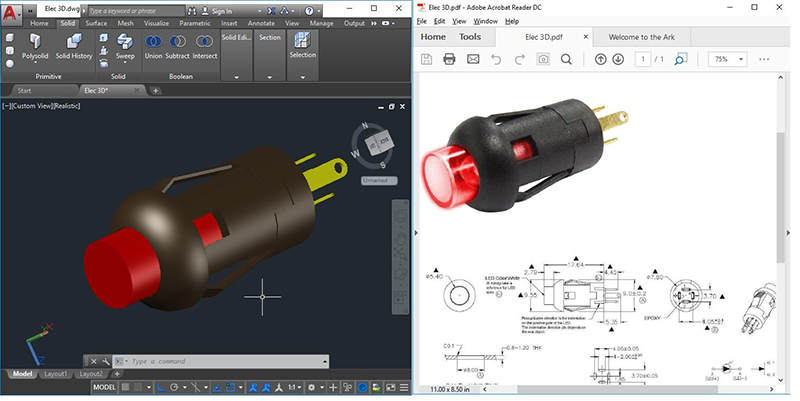
No matter how carefully you design, or thoroughly you test, your product is never going to be perfect. The debut of your new product may be full of bugs if it is a digital product, or you may discover that the product you designed for one purpose ends up being used for something completely different.
The iconic Play-doh, for example, was originally meant as a wallpaper cleaner, but never took off. It was later rebranded as a child’s plaything and went from being a forgotten relic under the cabinet to one of the most popular brands that exist today.
While most designers are not responsible in the end for what to do with flopped products, understanding that the product is never perfect is one of the most concrete steps you can take toward finishing something.
7. They Never Stop Learning
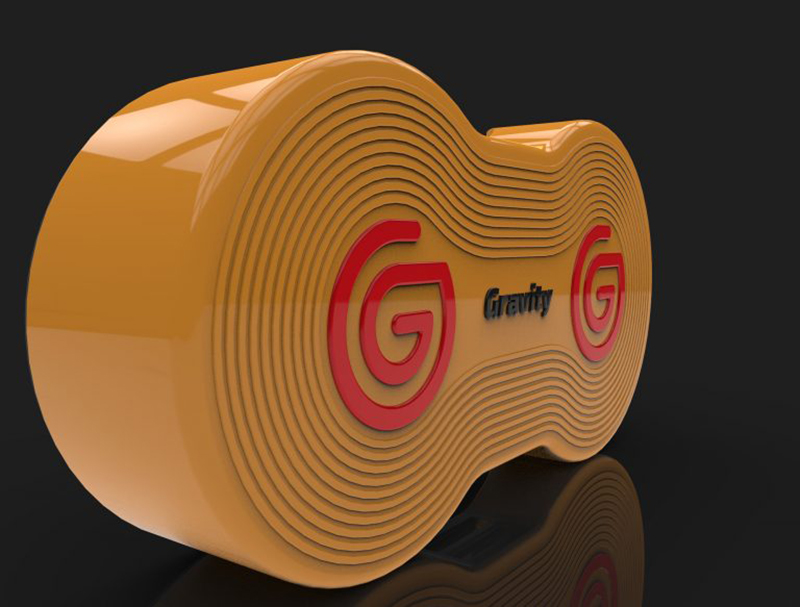
The field of product design services is always changing and growing. New tools become available, and old ones are phased out. Staying on top of these trends can help you become better at developing new products, and improving your overall productivity.
A passion for learning is an absolute must for designers who want to ascend to the very highest levels. If you want to become a world-class product designer, constantly expanding your knowledge is an absolute must.
The moment you decide you’ve learned enough about CAD software or design, in general, is when you become a dinosaur in the field. Technology moves too fast to ever really be done.
Remember that CAD design is simply an interface between the computer and your imagination. The more you sharpen your skills, the better you will be at applying your thoughts, and also the thoughts of others, into a product that soars above the rest.
There is no one perfect way to be a top tier designer, but throughout history, certain trends have paved the way for more success. If your goal is to be one of the best CAD designers out there, learning from the most popular designers is a great way to improve so that you are a cut above average.
The road to becoming a top tier product designer starts with a basic understanding and never really ends. The best product designers are never satisfied with their knowledge and are constantly searching out new tools to make them better, faster and more efficient. When you follow this path, you’ll be joining some of the most elite product designers out there.
Cad Crowd Has Freelance Product Design Specialists
Regardless of the scale of your idea, Cad Crowd can make your product idea a reality. We have a database of thousands of product design freelancers from all over the world. They are skilled, pre-vetted, and confidential. Take a few minutes to learn how it works.
If you would like to select from multiple product concepts or packaging designs, that’s possible by running a contest. Launch a design contest and choose the idea you like the most.
